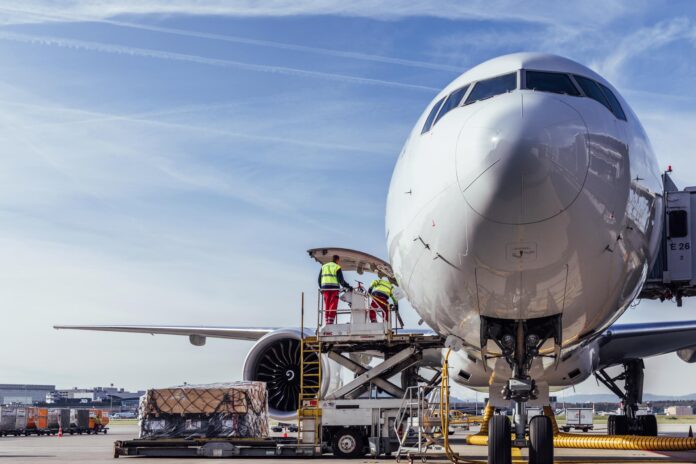In the world of logistics, air freight is a vital service that allows businesses to transport goods quickly and efficiently across long distances. However, when it comes to shipping fragile items, the stakes are even higher. The delicate nature of these products demands careful handling and packing to ensure they arrive at their destination intact. Whether you’re shipping glassware, electronics, or ceramics, proper packing techniques by Air cargo services in India can significantly reduce the risk of damage during transit.
This blog will outline eight best practices for packing fragile items for air freight. By following these guidelines, you can enhance the safety of your shipments, minimize costs associated with damage, and improve customer satisfaction. Let’s dive into the essential steps to ensure your fragile cargo is well-protected throughout its journey.
1.Choose the Right Packaging Materials
Selecting appropriate packaging materials is crucial for protecting fragile items during air freight. Opt for sturdy boxes made from double-walled corrugated cardboard, as they provide enhanced strength and durability. These boxes can withstand the rigors of air transport better than single-walled options.
Additionally, consider using moisture-resistant materials if your items are sensitive to humidity. Avoid using old or damaged boxes, as they may lack structural integrity and increase the risk of damage.
2. Use Proper Cushioning Techniques
Cushioning is vital for absorbing shocks and vibrations that occur during transit. Wrap each fragile item individually in bubble wrap or foam padding to create a protective barrier against impact. Ensure that you use enough cushioning material to fill any empty spaces within the box, preventing movement that could lead to damage.
For extra protection, consider using packing peanuts or foam inserts in conjunction with bubble wrap. These materials help distribute weight evenly and absorb shocks effectively.
3. Double Box Fragile Items
For particularly delicate or valuable items, double boxing is an excellent strategy. This method involves placing your item in a smaller box and then placing that box inside a larger one. Fill the space between the two boxes with cushioning materials like packing peanuts or crumpled paper.
Double boxing provides an additional layer of protection against external forces and minimizes the risk of damage during handling and transport.
4. Secure Items Properly
Once your items are packed, it’s essential to secure them properly within the box. Use high-quality packing tape to seal all openings and reinforce the seams of the box. Make sure to tape down any loose ends of bubble wrap or cushioning material to prevent them from shifting during transit.
Avoid using duct tape or masking tape, as these may not adhere well under varying temperatures and pressures encountered in air transport.
Packing fragile items for air transport in logistics requires meticulous attention to detail and adherence to best practices to ensure safe delivery. Implementing these eight best practices not only protects your valuable shipments but also enhances customer satisfaction by ensuring that products arrive in pristine condition. In the competitive landscape of logistics, taking extra care with fragile items will set your business apart and foster long-term relationships with clients who value quality service.
